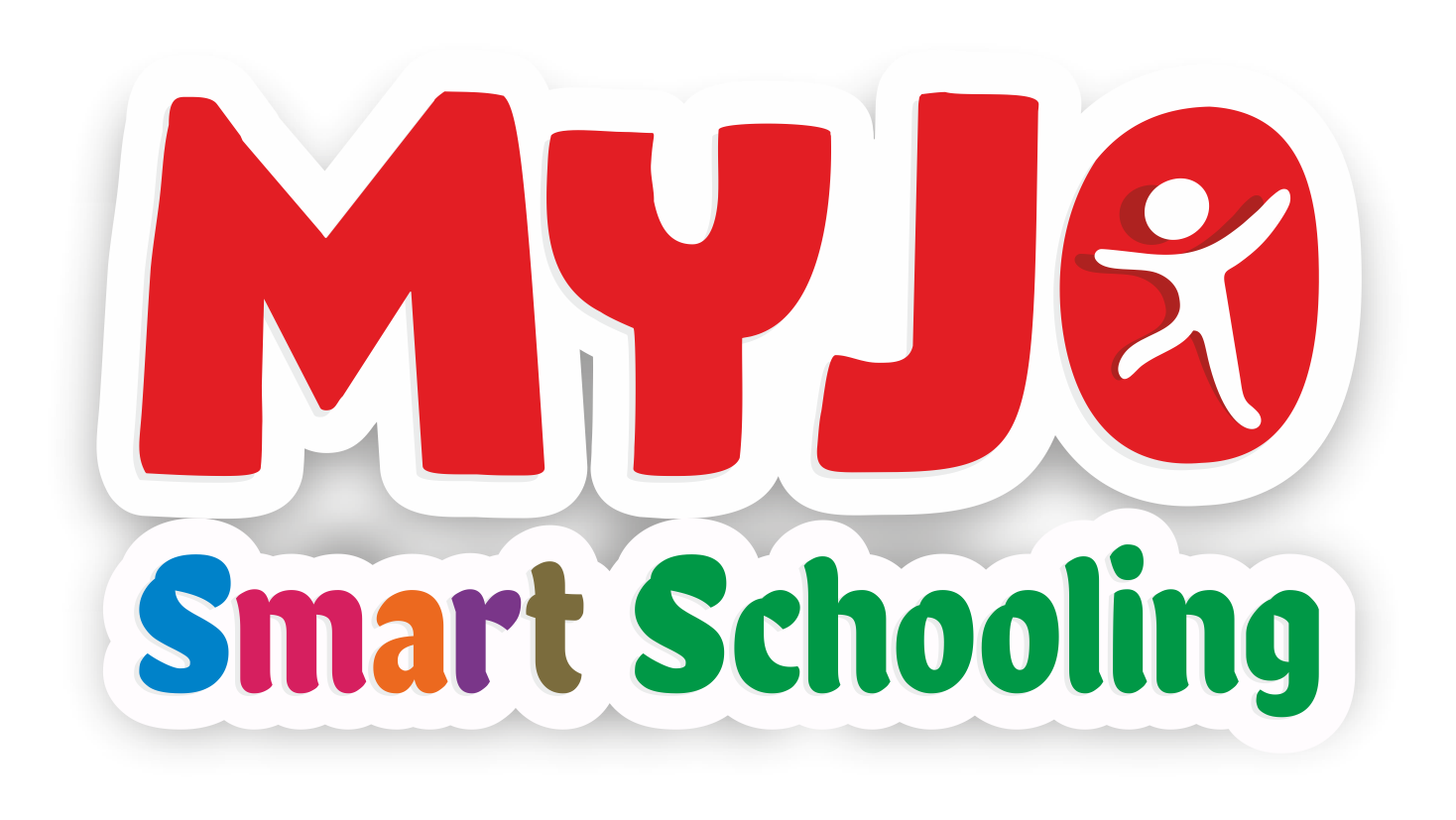Blended Learning
Introduction
The educational system at present is in a transition stage. Today’s students learn in ways that are different from how their parents learned, or even from how they learned themselves several years ago. Technology has revolutionized the world in many ways than imagined and has impacted education too. It has unlocked many doors and has offered tremendous options to blend the learning approaches and create a comprehensive learning experience. To meet the challenges of expansion and for catering to the individual (learner) need we are trying to adopt new techniques and Research on various pedagogies to meet the goal of quality educational opportunities for all.
Due to the pandemic, many schools will begin this year in a hybrid situation, with students attending a physical school part-time and spending the remaining hours in remote asynchronous instruction. Other districts, like ours, will begin the year entirely online, with students spending part of their time in live classes while working on their own during other parts of the day.
With schools all over the world redesigning because of COVID-19, blended learning is becoming a new normal. Blended learning has been around for a while and is the combination of traditional face-to-face instruction with aspects of online instruction all while students are in the classroom with the teacher. Blended learning strives to provide students the best of both face-to-face and online learning experiences. Blended classrooms include face-to-face instruction techniques such as direct instruction or lecture, group discussions, and small-group work while also using technology to provide in-class online learning that students can do at home provided they have access to the necessary technology.
Need
The need for flexibility in learning and the affordances of technology provided the rise of blended learning (BL) globally across higher education institutions. As our country continues to recover from the COVID-19 pandemic, MSRF recognizes that the 2021-2022 school year must involve some sort of blended learning strategy. To address these issues, this paper introduces a Blended learning framework, based on one definition and with criteria and standards of practice to support the evaluation and advancement of Blended Learning in our schools.
They are many definitions and methods to design a blended learning curriculum but our organization provides a complete holistic development where we have a balanced approach of body, mind, heart, and soul. So, after investigating the various interpretations and purposes of Blended learning and keeping our approach in consideration, the following consolidating definition forms the basis of the proposed Blended framework.
Definition
The terms “blended learning”, “hybrid learning”, “technology-mediated instruction”, “web-enhanced instruction”, and “mixed-mode instruction” are often used interchangeably in the research literature. In a report titled “Defining Blended Learning”, researcher Norm Friesen suggests that, in its current form, blended learning “designates the range of possibilities presented by combining Internet and digital media with established classroom forms that require the physical co‐presence of teacher and students”.
Basically, for MS, Blended Learning is:
“A process of integrating the most appropriate learning and teaching plan of action, technology, and media to provide meaningful, flexible learning experiences to achieve learning outcomes for the students to be a good citizen with modern and Islamic studies.”
Characteristics
This blended learning curriculum is designed based on a child-centric approach providing the Tarbiyath and Taleem to the students. Blended Curriculum can:
- Guide course design to ensure consistent high quality Blended learning practice across our schools;
- Provides modes of learning that are traditional and ICT support teaching-learning.
- Be used by academics as a self-assessment instrument to identify their strengths and weaknesses in Blended learning practice;
- Integrate the values and skills in our students
- Inform professional development program
- Offer learners flexibility to learn remotely and conveniently at their own pace.
- Cater to different learning styles and helps in improving the performance
- Offer learners a more comprehensive understanding of the curriculum/course content due to its blended nature.
- Be extremely cost-efficient for organizations due to reduced expenses related to face-to-face training including space, travel, and printing material cost.
- Results in a greater rate of investment for the organization due to cost efficiency.
- Help students to construct knowledge rather than consuming it.
- Make students aware of their full experience in using new technology.
- Provide a wide exposure and new perspective of course content.
- Provides a multicultural and multi-dimension approach to teaching.
- Build students in different fields like life skills, where students learn to communicate, make decisions, empathize, etc.
- Enhance the skills of teachers in all modes of teaching.
- Make students think, innovate and share their ideas and information.
